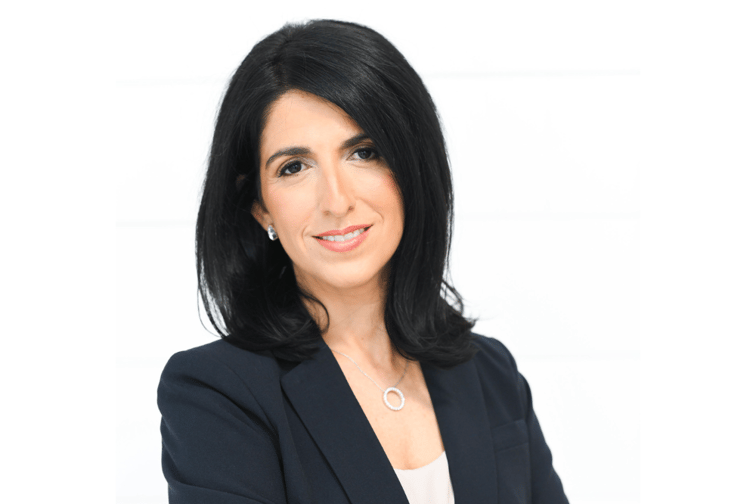

As the cost of healthcare in the United States has increased in recent years, more employers are attempting to save costs by offering self-funded health benefit programs for their employees.
Approximately 160 million Americans are covered by employer-sponsored health insurance plans, and nearly two-thirds of those plans are self-funded by the employer, according to KFF’s 2021 Employer Health Benefits Survey.
Employers offering self-funded health benefit programs typically purchase medical stop loss insurance as a financial backstop to protect against any unforeseen expenses – either a single catastrophic claim or an aggregate loss above and beyond the expected cost of their plan demographic. This is a huge marketplace, and one that garnered great attention through the COVID-19 pandemic around how employers offering self-funded health benefit programs might be impacted by COVID claims.
In August, QBE North America – a leading provider of medical stop loss insurance - released its 2022 Accident & Health Market Report, which leverages the insurer’s extensive claims database to highlight industry trends and product details to help employers best manage their self-funded healthcare plans.
The report notes that the frequency of medical stop loss claims for COVID-19 more than doubled (+108%) from 2020 to 2021. Moreover, this increase was widespread across age groups, with the youngest age group (0-29) up fivefold. Through April 2022, claims within the younger age groups, 0-29 and 30-39, have already reached levels similar to all of 2021.
Tara Krauss (pictured), head of Accident & Health at QBE North America, commented: “The highly infectious COVID variants together with the prevalence of comorbidities has lowered the average age for a stop loss claim from 54 in 2020 to 49 in 2021, and the average cost of a COVID claim climbed 87% year over year.”
QBE North America even saw a few multimillion-dollar claims, including one case where a COVID patient was in intensive care for more than five months, which settled at $4.6 million. Krauss said claims of that severity were “not expected” at the start of the pandemic.
For claims exceeding $200,000, QBE found that frequency increased 17% from 2020 to 2021, with particular jumps in respiratory claims (nearly 100%) and neoplasms (21%). Krauss said the increase was “likely due not only to claims directly related to COVID, but also indirectly related through the impact of delayed care,” during the pandemic.
Considering the increase in high-cost claim frequency and severity, Krauss said now is “the best time” for employers to consider offering self-funded health benefit programs, with the protection of medical stop loss insurance. She pointed out that if medical stop loss claims are increasing, so are fully-insured healthcare claims – and a lot of insurance carriers offering fully-insured healthcare plans are seeking significant rate increases to counteract those claims.
“With self-funded programs, employers have a lot more control over the coverage that their plan offers,” Krauss told Insurance Business. “They can drive care to the best providers with the best discounts, and they can react to outcomes to make positive improvements, with a focus on improving the member experience.”
Employers offering self-funded health benefit programs have more control over their specialty pharmaceutical spend, which is typically high as it involves specialty medications and treatments for rare or complex health problems. With the right plan language, cost containment measures, and vendors, employers can be very specific about how specialty pharmaceutical solutions are covered, and where employees can receive care.
“It’s about finding better ways to control claim expenditures of the roughly 5% of individuals who drive 50% of a health plan’s medical spend,” said Krauss, who admitted that figuring self-funded plans out, and creating plans that offer both the best coverage and cost-containment measures can be “a significant burden” for HR managers, which is why they rely so heavily on benefits advisers and consultants.
“When choosing a consultant, employers are going to want to know what their approach is to selecting strong cost containment vendors and specifically a strong PBM (pharmacy benefit manager),” Krauss added. “Are they just choosing to bundle with a medical carrier? This can limit the plan’s control over formulary, preferred drug lists and contract terms. Who will benefit from the rebates that the manufacturers are providing?”
Krauss said it’s also important for employers to work with brokers who are trying to get ahead of claims before they happen by offering cost-containment vendors with solutions that are going to drive lifestyle and behavioral changes. QBE’s 2022 Accident & Health Market Report revealed that 90% of claimants who incurred claims over $100,000 since 2019 had comorbidities (more than one chronic condition).
“Finding ways within their self-funded plan design to incentivize behavior and lifestyle changes that could potentially reduce someone's comorbidities is going to help prevent excess loss claims,” said Krauss. “It’s really about finding ways to get down to the member health level, using the right administrators and vendors and choosing an insurance carrier that will partner with you in your cost-containment journey to proactively manage claims.”
